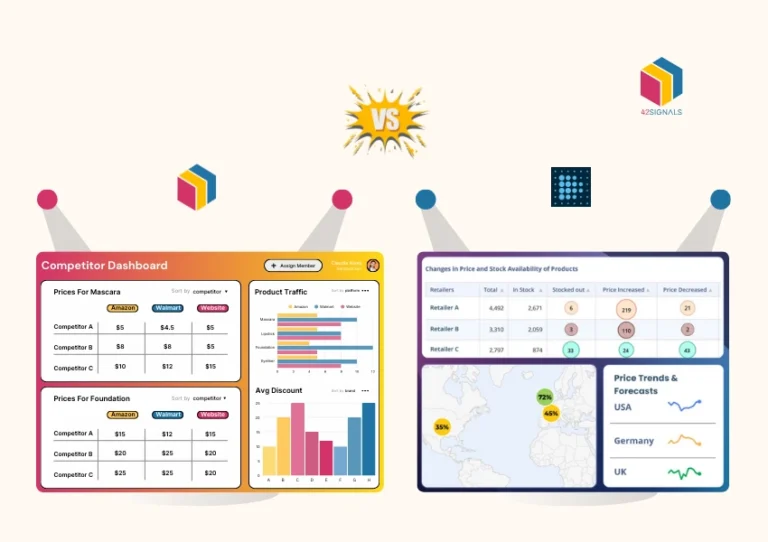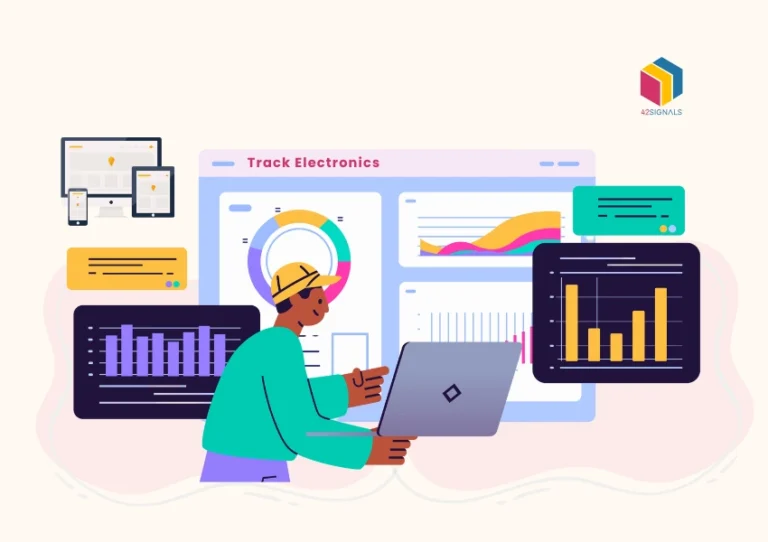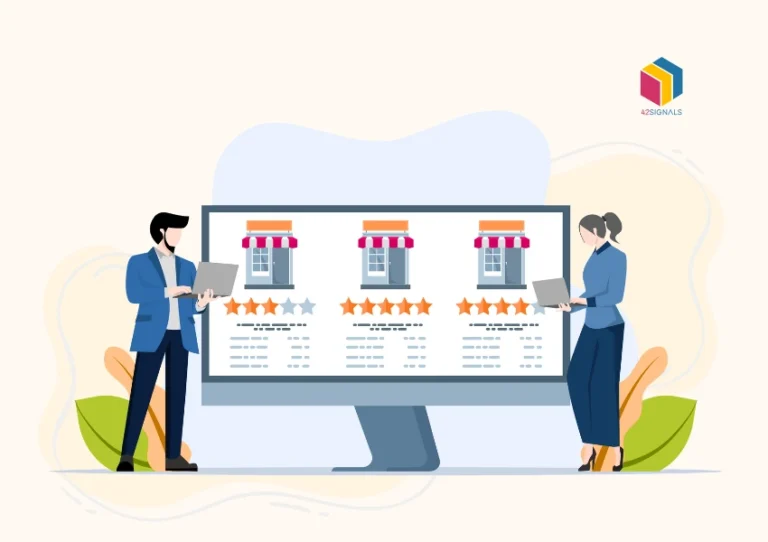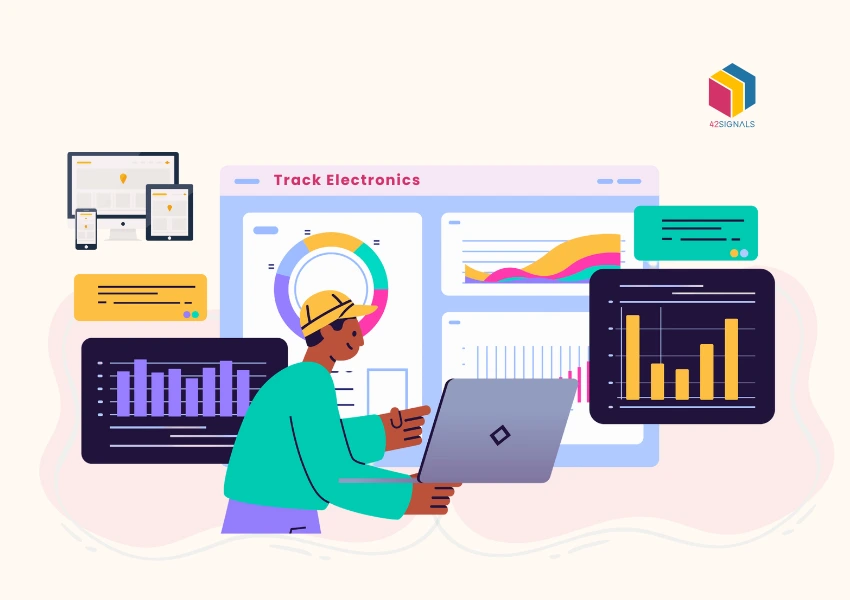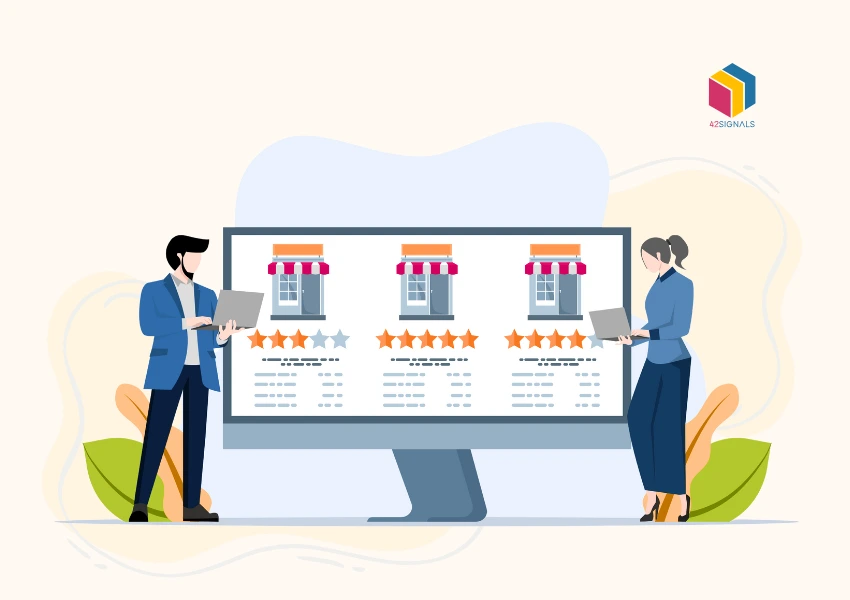Table of Contents
Toggle** TL;DR ** A universal price tracker for any website works by deploying a sophisticated combination of technologies to reliably and automatically monitor online prices. It uses advanced web scraping and data extraction to pull pricing information, but its true power lies in overcoming major obstacles. To work consistently, this type of price tracker for any website utilizes global proxy networks to avoid IP bans and headless browsers to render JavaScript-heavy pages, effectively navigating around anti-bot detection systems. This complex, behind-the-scenes tech is what enables a robust price tracker for any website to function as an essential tool for both savvy shoppers and businesses engaged in competitor monitoring.
If you have ever shopped online, and let’s be honest, who hasn’t, you know the feeling. You find the perfect product, but the price is just a little too high. You decide to wait, hoping for a sale. But when do you check again? Tomorrow? Next week? Manually visiting a website every day to check a price is not just tedious; it is practically a full-time job. This is where the magic of a universal price tracker for any website comes into play.
But have you ever stopped to wonder how these tools actually work? How can a single piece of software monitor the cost of a laptop on one site, a specific book on another, and a flight on a third? The answer is far more fascinating than a simple refresh button. It is a sophisticated dance of technology designed to mimic human behavior, overcome digital barriers, and deliver accurate, timely data.
Download our quick universal tracker guide
How to Build a Price Tracker for Any Website

Image Source: Ali Helper
At its core, a price tracker is built on a foundation of web scraping and data extraction. Think of it as a highly efficient, automated digital assistant. Instead of you manually looking at a webpage, reading the price, and noting it down, a software program does this for you.
But it is not as simple as it sounds. When you type a URL into your browser, the browser sends a request to the website’s server. The server responds by sending back data, mostly in the form of HTML code, which your browser then beautifully renders into the webpage you see. Web scraping is the process of a computer program making that same request and then “reading” the returned HTML code to find the specific piece of information it needs, like the price.
This process of data extraction is the fundamental first step. The program needs to know exactly where to look in that sea of code. Developers use identifiers, often based on HTML elements and classes, to pinpoint the price tag, much like using a map coordinate to find a specific treasure. This allows a powerful price tracker for any website to locate and retrieve the price data reliably, as long as the website’s basic structure remains the same.
Ready to Take the Next Step?
See how our solutions can help you achieve your goals and drive measurable results.
The Invisible Hurdle: Modern Websites Are Not Just HTML
If scraping were just about reading HTML, the story would end here. But the modern web is dramatically more complex. Many websites today rely heavily on JavaScript to load their content. When you visit such a site, your browser first receives a basic HTML skeleton, and then it runs JavaScript code to fetch the actual product data and prices, painting them onto the page dynamically.
A simple scraper that only reads the initial HTML would come up empty. It would see the skeleton of the page but miss the price entirely because it never executed the JavaScript. This is a common first hurdle for basic tracking tools. To overcome this, advanced systems use a technology called JavaScript rendering.

Image Source: Google Price Tracker
This involves using a “headless browser”, a real web browser like Chrome or Firefox that runs in the background without a user interface. The price tracking tool instructs this headless browser to visit the webpage, wait for all the JavaScript to finish loading and executing, and then scrape the fully rendered page. This ensures that even the most dynamic, modern websites can be monitored, making it a critical feature for a truly universal price tracker for any website.
Download our quick universal tracker guide
The Arms Race: Overcoming Anti-Bot Detection
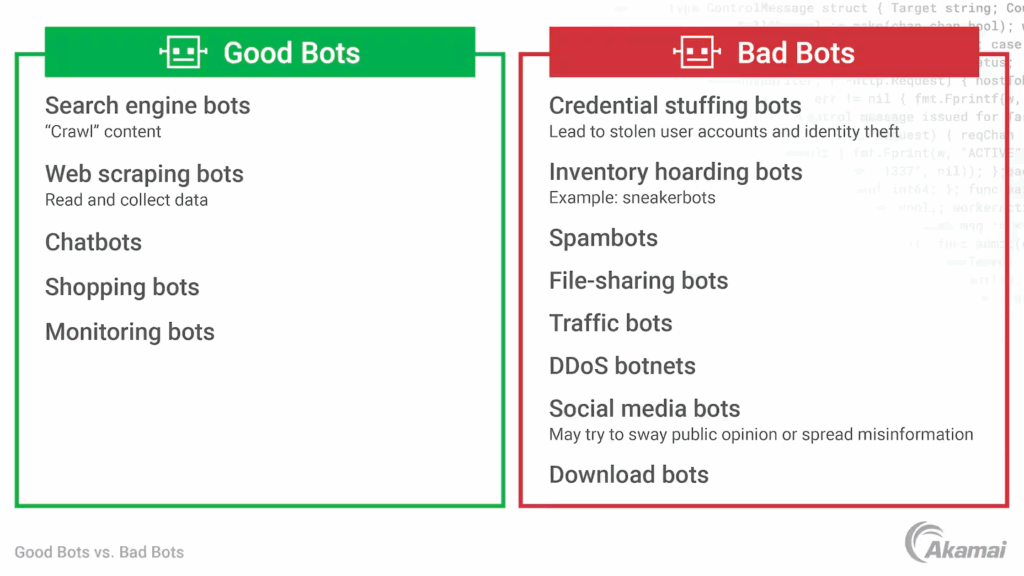
Image Source: Akamai
Websites, especially large retailers, are not naive. They know that bots, including friendly price trackers and malicious scrapers, are constantly visiting their sites. Excessive bot traffic can slow down the site for real human customers and compromise their business data. To fight back, they deploy sophisticated anti-bot detection systems.
These systems analyse visitor behaviour, looking for telltale signs of automation. They check things like the frequency of visits, the digital fingerprint of the browser making the request, and even the speed and pattern of mouse movements.
A bot that visits the same product page every 30 minutes from the same computer will be spotted and blocked almost instantly. This is where the technological arms race intensifies, and where premium tools separate themselves from basic ones.
A robust price scraping tool must therefore be designed to appear human. It must randomize its timing, manage cookies like a real browser, and mimic human interaction patterns. Failing to do so results in the tracker’s IP address being banned, rendering it useless. This cat-and-mouse game is a central challenge in the world of competitor monitoring.
The Secret Weapon: How Proxy Networks Enable Global Monitoring
So, how does a price tracker avoid getting its IP address banned while monitoring prices multiple times a day? The answer lies in a proxy network. A proxy server acts as an intermediary. Instead of the tracker sending a request directly from its own server to the target website, it sends the request through a proxy server. The target website then sees the request coming from the proxy’s IP address, not the tracker’s original one.

A premium service does not use just one proxy. It uses a vast, global network of thousands, sometimes millions, of residential and data centre IP addresses. For each request to a website, the price tracker for any website can rotate through these proxies, making it appear as if the visits are coming from different computers all over the world. This distributes the load and makes it incredibly difficult for anti-bot detection systems to pinpoint and block the activity, ensuring consistent and reliable data extraction.
Ready to Take the Next Step?
See how our solutions can help you achieve your goals and drive measurable results.
Building a Price Tracker for Any Website and the Role of CAPTCHA Solving
Even with proxies and human-like behavior, a tracker will occasionally hit the final boss of bot detection: the CAPTCHA. Those “I’m not a robot” checkboxes and image identification tests are specifically designed to stop automated systems. So how can an automated system solve them?
This is where CAPTCHA solving comes in. Advanced systems have integrated methods to handle these challenges. Sometimes, this involves using machine learning models trained to identify traffic patterns that are likely to trigger a CAPTCHA and avoid them. In other cases, for particularly stubborn CAPTCHAs, some services employ a hybrid approach. They can route the CAPTCHA to a human-solving service, where a real person solves the puzzle, allowing the data collection process to continue.
While fully automated CAPTCHA solving is a complex field, the ability to handle these interruptions is a key differentiator for a reliable price scraping tool. It ensures that the data pipeline remains unbroken, even in the face of the toughest defenses.
From Raw Data to Actionable Insight: Cleaning and Structuring Information

Once the price tracker has successfully navigated all the technical barriers and extracted the raw number from the website, its job is not over. The data must be cleaned and structured. A price on a website might appear as “$1,299.99” or “1.299,99 €” or “Out of Stock.”
The tracking system must parse this string of text, isolate the numerical value, account for the currency, and handle various states like discontinued items or stock-outs. This processed data is then stored in a database with a precise timestamp. This meticulous process of data extraction and normalization is what transforms a raw, messy text snippet into a clean, actionable data point on a price history chart.
According to a 2020 report by Anaconda, data scientists spend nearly half their time on data preparation and cleaning tasks, highlighting the critical importance of this step. A sophisticated tracker automates this heavily, ensuring the insights you see are based on accurate, clean data.
Download our quick universal tracker guide
Why a Universal Price Tracker for any Website is a Game-Changer for Businesses

For businesses, this technology is not just about getting a good deal on a new monitor. It is a critical tool for strategic competitor monitoring. Imagine being able to track the pricing strategy of every one of your main competitors across dozens of their key products, in real-time.
You can see when they launch a sale, how they price products relative to yours, and how they react to your own price changes. This intelligence allows for dynamic pricing strategies, optimized promotional campaigns, and a deeper understanding of the market landscape. A universal price tracker for any website democratises this power, making what was once a costly and manual business intelligence operation accessible and scalable. In a fast-paced e-commerce environment, this agility is not just an advantage. It is a necessity for survival and growth.
Beyond just reacting, this data informs long-term strategy. By analyzing historical price data collected through consistent data extraction, you can identify seasonal trends, predict your competitors’ future promotions, and make smarter inventory decisions.
For instance, if you notice a rival consistently drops prices on a particular item every six weeks, you can plan your marketing and stock levels accordingly. This proactive approach transforms raw data into a strategic asset. In a fast-paced e-commerce environment, this level of insight and agility is not just an advantage. It is a necessity for survival and growth.
The Ethical Dimension: Responsible Data Collection
It is also important to address the elephant in the room: is this all legal and ethical? The general rule of thumb is that publicly accessible data on a website, such as a product price, is considered fair game for collection. However, responsible operators of a price scraping tool always prioritize respectful data collection. This means they configure their systems to avoid overwhelming a website’s servers with too many requests per second, which could be construed as a denial-of-service attack.
The use of proxy networks and sophisticated timing is not just for evasion. It is also a method for being a good citizen on the web, distributing load in a way that mimics natural human traffic. Furthermore, reputable services strictly adhere to the rules outlined in a website’s robots.txt file, a standard used by websites to communicate their preferences to web crawlers. Understanding this ethical layer is crucial. It highlights the difference between a tool built for robust, legitimate competitor monitoring and one designed for malicious harvesting.
Ready to Take the Next Step?
See how our solutions can help you achieve your goals and drive measurable results.
More Than Just a Tool: It is a Symphony of Technology
What seems like a simple concept, “watch a price on a website”, is, in reality, a symphony of advanced technologies working in perfect harmony. From the basic principle of web scraping to the advanced use of headless browsers for JavaScript rendering, and from the strategic use of proxy networks to the clever evasion of anti-bot detection, a modern universal price tracker for any website is a feat of software engineering.
It is built to navigate the evolving complexities of the modern web to deliver one simple, powerful thing: certainty. The certainty that you are getting the best deal as a consumer, and the certainty that you have the data to compete effectively as a business. The next time you receive a price drop alert, you will appreciate the incredible, invisible technological dance that made it possible.
If you’re not interested in building your own price tracker, 42Signals will do it for you in simple steps. Try out our platform today to see it in action for yourself.
Frequently Asked Questions
To monitor prices on a website, businesses and consumers often use automated tools or web scraping solutions that track product prices in real time. The core steps include:
Identifying target URLs – Determine the specific product or category pages you want to track.
Using monitoring tools – Tools or scripts can automatically collect pricing data at scheduled intervals.
Setting up alerts – Many trackers offer email or dashboard notifications when prices change.
Storing and analyzing data – Historical pricing data can help understand trends, discount patterns, and competitive movements.
For more advanced use cases, companies often rely on managed web scraping services or platforms like 42Signals, which offer automated price monitoring across multiple marketplaces and geographies.
Accuracy depends on how often the tool updates data and how well it handles dynamic pages. Tools that offer real-time or near real-time scraping tend to be the most reliable.
For consumers, tools like Google Shopping, Honey, or CamelCamelCamel (for Amazon) are popular.
For businesses, 42Signals stands out because it provides:
Custom data extraction across multiple e-commerce platforms,
MAP and competitor monitoring,
Pricing trend analysis, and
Real-time alerts and dashboards.
The best tool often depends on whether you need personal or enterprise-grade tracking.
Price tracking websites work by automating data collection from online stores at regular intervals. Their process usually involves:
Crawling product pages to identify key pricing elements (e.g., sale price, original price, discounts).
Extracting and storing data in structured formats.
Comparing current prices with previous records to detect changes.
Triggering alerts or displaying updated prices on dashboards or browser extensions.
Some platforms also use AI-driven anomaly detection to spot unusual price drops or MAP violations quickly.
Yes, Google has a built-in price tracking feature through Google Shopping and Google Search. When you view a product listing, you can enable “Track price” to receive alerts if the price changes.
On mobile, users can tap the bell icon to get notifications.
On desktop, Google allows adding products to a “track list” in your Google account.
These alerts work best for popular retail sites, though coverage can vary by region.
While Google’s tool is great for personal use, businesses looking for multi-market, bulk product monitoring typically rely on specialized solutions like 42Signals for more depth and accuracy.
